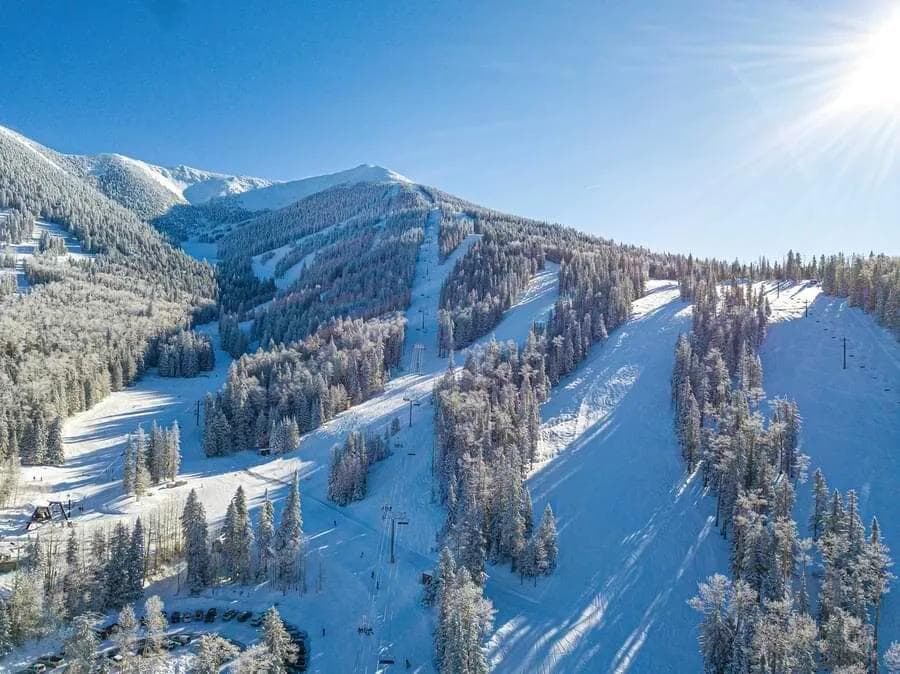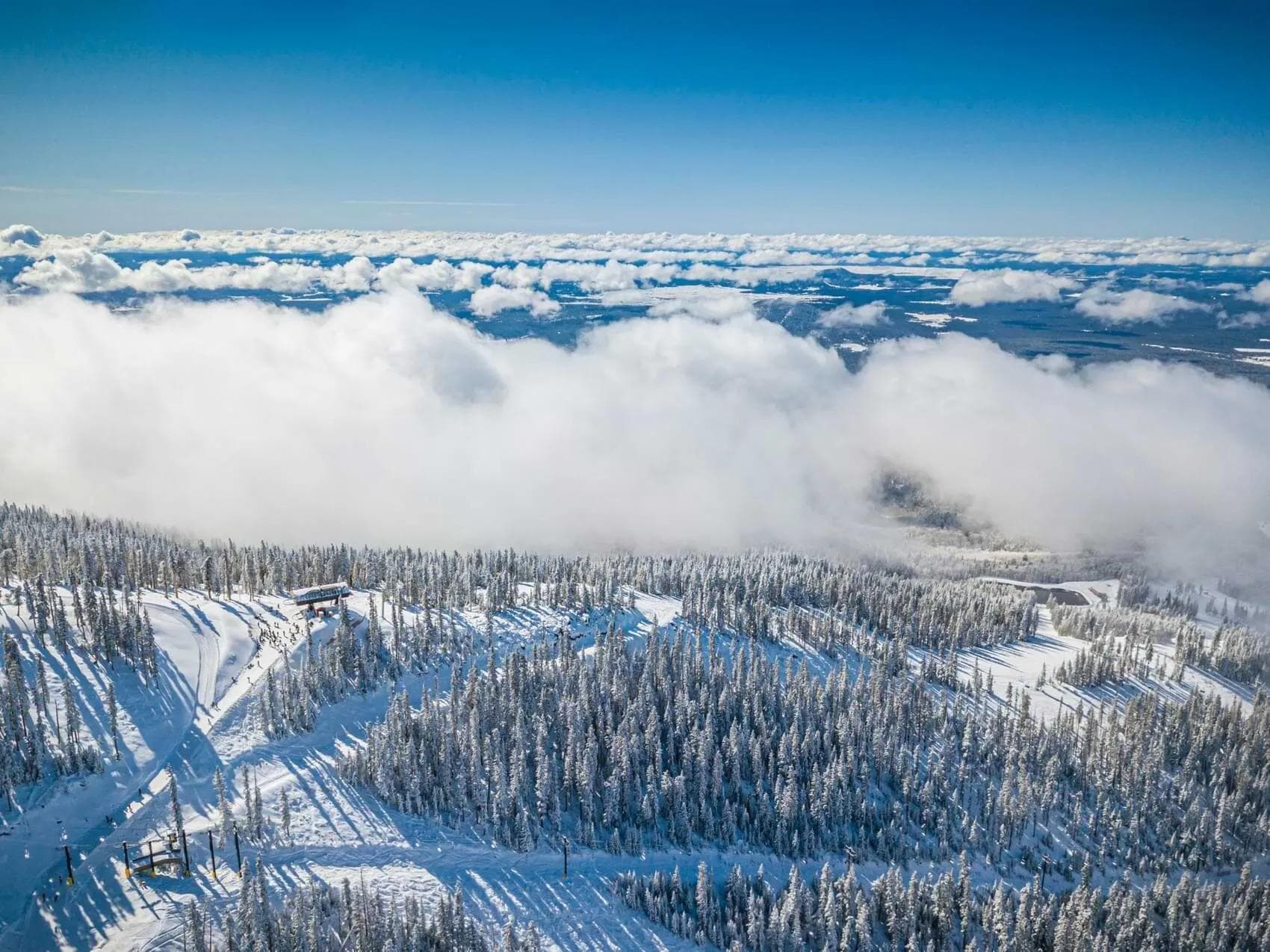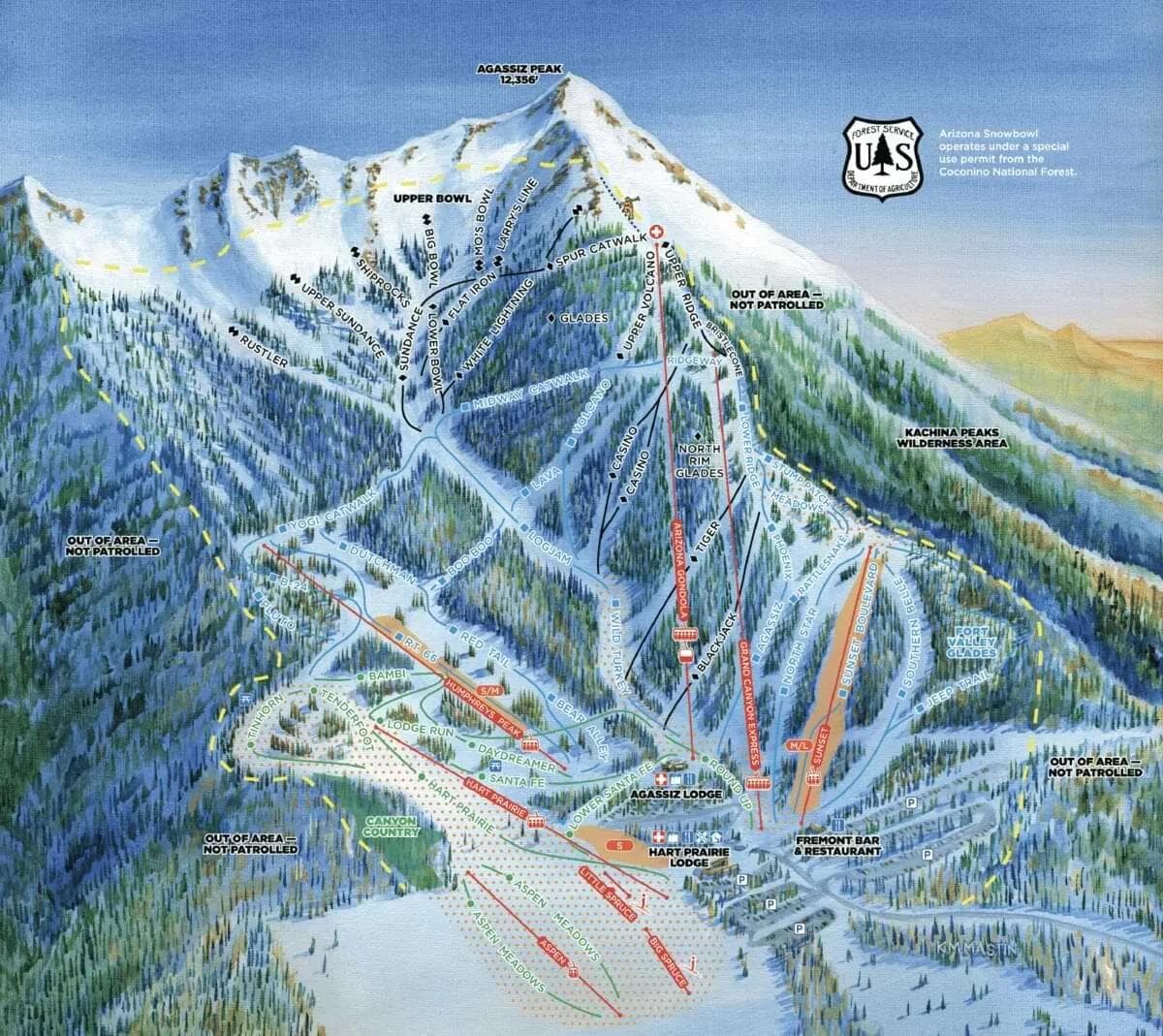
Arizona Snowbowl's $10 Lift Tickets: Marketing Ploy or Genuine Value?
Published Date:
Categories
Snowbowl's $10 Tickets: Too Good to Be True?
Arizona Snowbowl has turned heads with its announcement of $10 lift tickets for the 2025-26 season. While the headline-grabbing price point is certainly attention-worthy, it's crucial to look beyond the marketing hype to understand what this actually means for skiers and riders.
The resort claims this is the lowest starting price since implementing dynamic pricing, positioning it as a way to increase accessibility. However, the reality is likely to be far more nuanced. These rock-bottom prices will almost certainly be limited to a handful of midweek days during the least desirable parts of the season, with prices quickly escalating for more popular dates.

Snowbowl's open-ended pricing model means there's no cap on how high ticket prices could climb for peak dates. While this flexibility allows for deep discounts on off-peak days, it also means holiday and powder day prices could reach eye-watering levels. The resort is clearly banking on the marketing value of the $10 headline to drive early bookings and shift demand to quieter periods.
It's worth noting that this strategy isn't entirely novel. Many resorts have implemented similar dynamic pricing models in recent years, though Snowbowl's decision to remove any price floor is somewhat unusual. This approach could backfire if it trains guests to expect unrealistically low prices or leads to overcrowding on discounted days.
The resort is coupling this pricing shift with infrastructure improvements, including enhanced snowmaking and gladed terrain. These are welcome developments, particularly given Arizona's challenging climate for snowsports. However, it remains to be seen whether these upgrades will be sufficient to justify premium pricing on peak days.
Snowbowl's 'Power Kids Pass' offering free skiing for children 12 and under is genuinely noteworthy, as it removes blackout dates and purchase requirements that often accompany similar programs elsewhere. This could be a significant drawcard for families, though adult ticket prices will likely offset some of these savings.

While Snowbowl's aggressive pricing strategy may appear consumer-friendly at first glance, it's important to approach such announcements with a healthy dose of scepticism. The $10 tickets will likely be difficult for most skiers to actually secure, serving primarily as a marketing tool to drive early bookings and shift demand patterns.
More broadly, this move reflects the ski industry's ongoing struggle to balance accessibility with profitability. As operating costs continue to rise, resorts are increasingly turning to complex pricing models to maximise revenue. While this can create opportunities for savvy, flexible skiers to snag deals, it also risks alienating casual visitors who may be put off by rapidly fluctuating prices.
Ultimately, Snowbowl's strategy is a calculated gamble. If successful, it could help smooth out demand and improve the overall guest experience. However, there's a real risk of consumer backlash if the gap between marketed low prices and actual day-of-visit costs becomes too extreme. Skiers and riders would be wise to carefully scrutinise the fine print and consider the total cost of their trip before being swayed by headline-grabbing low prices.



